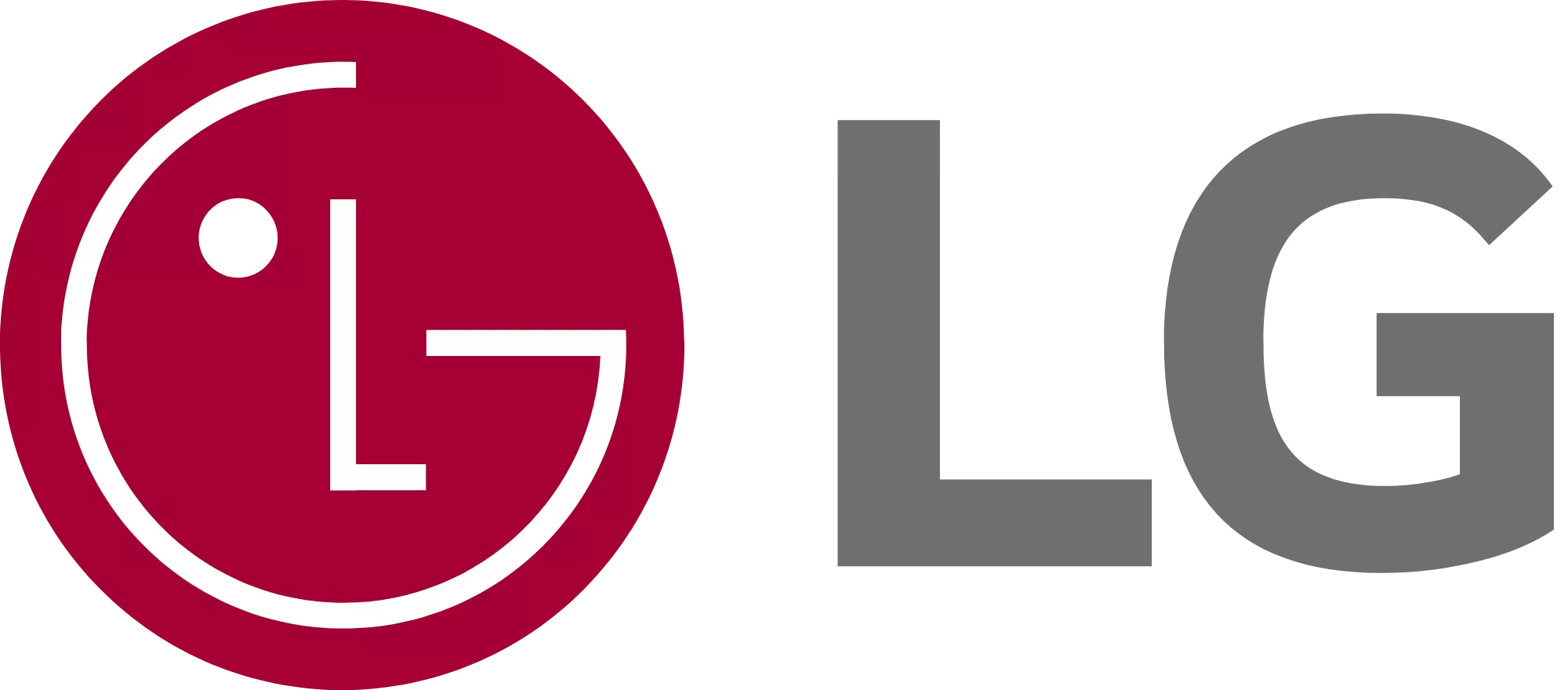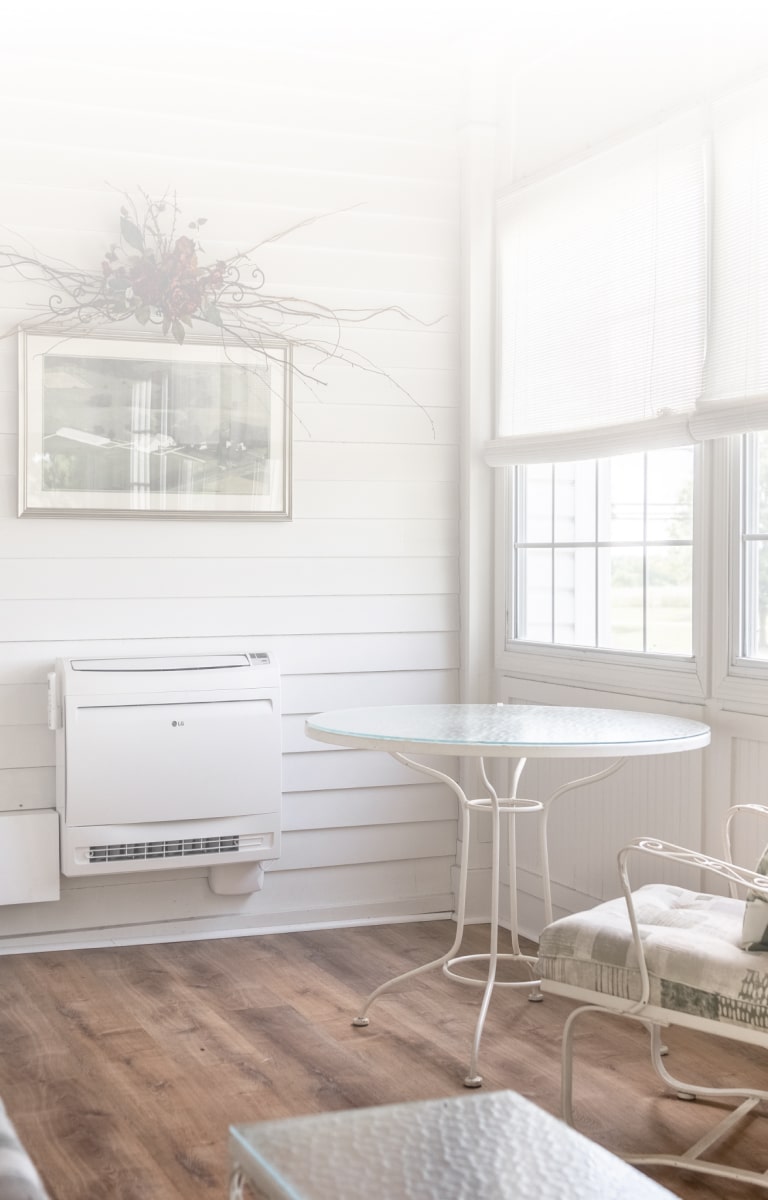Inflation Reduction Act
Inflation Reduction Act
Inflation Reduction Act
What is the Inflation Reduction Act (IRA)?
The Inflation Reduction Act of 2022 (IRA) is the most comprehensive federal climate change legislation that has been passed in the United States to date. Among the Inflation Reduction Act's goals are curbing inflation through lower consumer energy costs, increased energy security, and reduced greenhouse gas emissions. The Inflation Reduction Act includes several rebate programs and tax credits for energy-efficient appliances, including ENERGY STAR®¹ certified heating and cooling equipment. Significantly, the Inflation Reduction Act emphasizes the role of all-electric heating, ventilation, and air conditioning (HVAC) products and heat pumps in reducing the use of fossil fuels and lowering greenhouse gas emissions.
Homeowner Benefits
By concentrating on increasing household energy efficiency, the Inflation Reduction Act seeks to lower residential energy expenses. Tax credits and rebate programs include:
U.S. Tax Code 25C, Energy Efficient Home Improvement Credit*
Effective January 1, 2023, Tax Code 25C provides homeowners a tax credit for certain residential energy-efficiency-related expenditures.
10-year period of availability (tax credit available for eligible energy-efficient products placed in service by December 31, 2032) and tax credit may be available annually.
Tax credit equal to 30% of the sum of qualified residential energy property expenditures, energy efficiency improvements, and home energy audits, with associated limits for each type of improvement and for each taxable year:
• Energy-efficient central air conditioning equipment is eligible for a tax credit of up to $600 annually. The total annual credit for eligible energy-efficient equipment is capped at $1,200. The equipment must perform at or above the highest efficiency level permitted by the Consortium for Energy Efficiency (CEE) (not including any advanced tier) in effect at the beginning of the calendar year that the energy-efficient equipment is placed in service.²
• Energy-efficient electric or natural gas heat pumps and heat pump water heaters are eligible for an annual $2,000 tax credit. The heat pump must perform at or above the highest efficiency level permitted by the Consortium for Energy Efficiency (CEE) (not including any advanced tier) in effect at the beginning of the calendar year that the energy-efficient equipment is placed in service.
• Homeowners can also receive an annual $150 tax credit for eligible home energy audits.
There are no income requirements to claim this tax credit.
Section 50122, High-Efficiency Electric Home Rebate Program (HEEHRP)**
The High-Efficiency Electric Rebate Program (HEEHRP) is a $4.5 billion program designed to support qualified electrification projects in low-to-moderate income (LMI) households.
10-year program to be established and administered by State energy offices and Native American Tribes. This means that, although the guidelines for the overall program rules and regulations are in place, each individual state (and Native American Tribe) will need to take the required steps to implement its own program.
Rebates to be provided to eligible entities (including LMI households, owners of certain multifamily buildings with LMI residents (MFS), and certain governmental, commercial, and nonprofit entities carry out eligible projects on behalf of LMI households & MFS).
Point of sale consumer rebates will be available.
Cap of $14,000 in available rebates per eligible entity. Examples of some, but not all, of the appliance and non-appliance upgrades include:
•$8,000 cap for heat pump for space heating or cooling
•$1,750 for a heat pump water heater
•$4,000 for electric load service center upgrade panel/service upgrade
•$2,500 for electrical wiring costs
The specific rebate amounts and eligibility requirements will be exclusive for each state. The guidelines for eligible rebates to low-or moderate-income households will be determined by several factors, including the following:
• Households earning less than 80% of the area’s median income are potentially eligible for 100 percent of the cost of the qualified electrification project.
• Households earning between 80% and 150% of the area’s median income are eligible for rebate amounts not to exceed 50% of the cost of the qualified electrification project.
• Households earning more than 150% of the area’s median income will not qualify for the rebate. Please refer to The High-Efficiency Electric Home Rebate Program, 42 USC 18795a, implemented in your state (or Native American tribe) for full details regarding available rebates.
As of Q3 2023, the Department of Energy has not yet provided a start date for the program. Look into your state’s rebate program for the most up to date and accurate information on available rebates.
Section 50121, Home Energy Performance-Based, Whole-House Rebates (HOMES)
The HOMES rebate program allocates $4.3 billion in rebates for single-family and multi-family home energy efficiency improvements based on Department of Energy-approved modeling tools. These energy-efficiency retrofit rebates range from up to $2,000 to $4,000 for single-family homes and up to $400,000 for multi-family buildings.
Grants to be distributed to State energy offices, to be administered by the individual states.
Eligible rebates on single family energy efficiency upgrades may be:
• Up to $2,000 (or half the cost of the project, whichever is lower) for retrofits that achieve modeled energy system savings of not less than 20 percent but less than 35 percent.
• Up to $4,000 (or half the cost of the project, whichever is lower) for retrofits that achieve modeled energy system savings of 35 percent or more.
• Maximum available rebate could be doubled for low-or moderate-income home (annual income less than 80 percent of local median income) retrofits*** ($4,000 or $8,000 or 80 percent of the project cost (whichever is lower) for the retrofits described above).
As of Q3 2023, the Department of Energy has not yet provided a start date for the program. Look into your state’s rebate program for the most up-to-date and accurate information on available rebates.
Many utility companies also offer rebates on qualified products to both residential and commercial customers to encourage them to buy and install energy-efficient solutions. Find offers and rebates on LG Air Conditioning Technologies products available in your area.
Which LG Air Conditioning Technologies Models Qualify for Tax Credits and Rebates?
You may be eligible for tax credits and rebates when purchasing certain LG HVAC solutions. To be eligible for the 25C tax credit, your equipment must meet the Consortium for Energy Efficiency's (CEE) highest tier. In addition, to be eligible for the HEEHRP rebate program, you must be classified as low-to-moderate income (LMI), and your equipment must meet or exceed the ENERGY STAR® 6.1 specification. Please stay tuned, as LG will soon publish a list of CEE and ENERGY STAR eligible equipment.
Many utility companies also offer rebates on qualified products to both residential and commercial customers to encourage them to buy and install energy-efficient solutions. Thanks to the Inflation Reduction Act, these incentives continue to grow. Find offers and rebates on LG Air Conditioning Technologies products available in your area: Rebates & Incentives - LG Air Conditioning Technologies (lghvac.com).
LG continues its efforts to work to address key challenges of the 21st century: to create comfortable spaces that use less energy. Our HVAC solutions address the economy of the future by providing you with opportunities to reduce energy consumption, address electrification and decarbonization, and improve occupant well-being.











